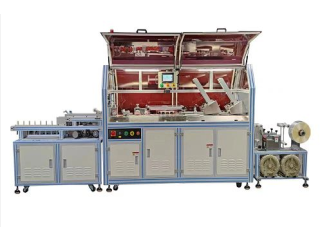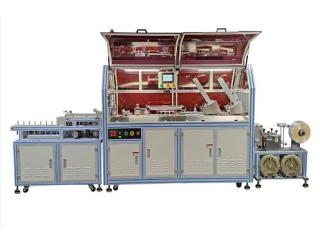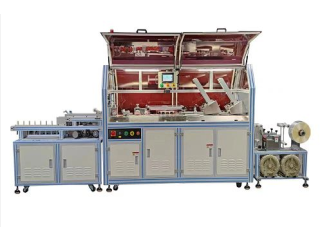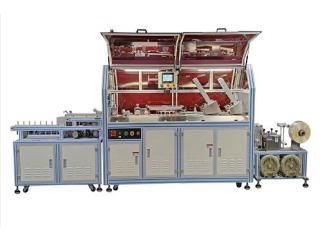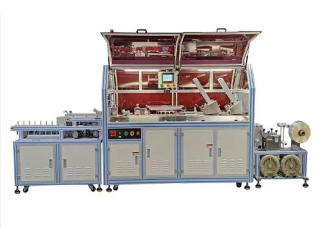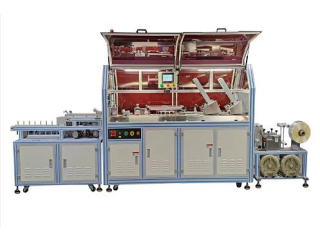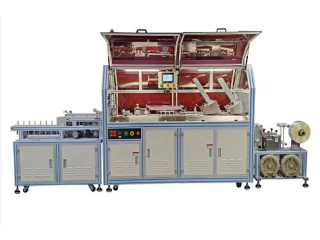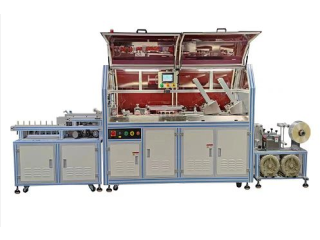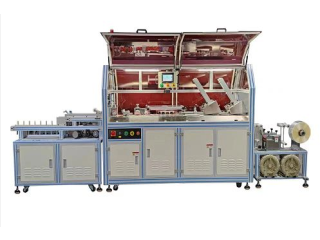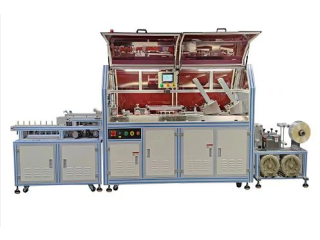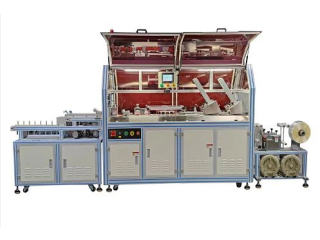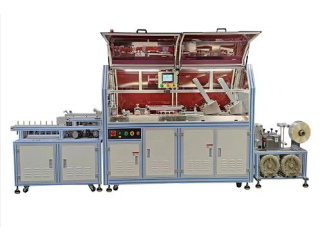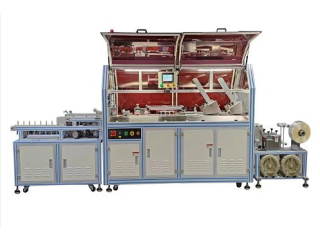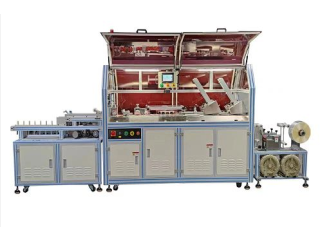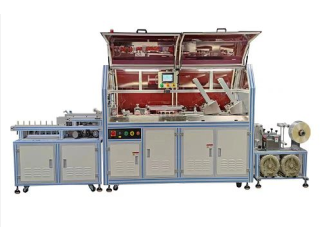V-Belts
Jul 11th, 2022 at 10:21 Automobiles Battagram 179 viewsV-Belts
What is a V-Belt?
A Wrapped Type V- Belt Machine is a flexible machine element used to transmit power between a set of grooved pulleys or sheaves. They are characterized as belts having a trapezium cross-section. V-belts are the most widely used belt drives since their geometry causes them to wedge tightly into the groove as the tension is increased. As the belt wedges into the groove, friction between the surface of the belt is increased, allowing high torques to be transmitted. The increased friction minimizes the loss of power through slippage.
Overview of Belt Drives
Before going deeper into v-belts, it is important to know an overview of belt drives. Belt drives are machine elements that are used to transmit power between two or more rotating shafts, usually with parallel axes of rotation. The belts are looped over pulleys attached to the driver and follower shafts. These pulleys are placed at a certain distance to create an initial tension on the belt. When in operation, the friction causes the belt to grip onto the pulley. The rotation of the driver pulley increases the tension on one side of the belt creating a tight side. This tight side applies a tangential force to the follower pulley. Torque is then applied to the driven shaft. Opposite the tight side is the slack side where the belt experiences less tension.
There are many types of belt drives used today. The earliest type of belt drive uses a flat belt made from leather or fabric. Flat belts operate satisfactorily in low-power applications such as farm equipment, mining, and logging. At higher loads and speeds, they tend to slip on the surface of the pulleys and climb out of the pulley. Another early type of belt drive is a rope drive made from cotton or hemp. Rope drives are used on two pulleys with a V-shaped groove. This solved the problem of climbing out of the pulley enabling belt drives to be used over large distances. Later, this was developed into round beltswhich are made from elastomeric materials such as rubber, nylon, or urethane. The development of these elastomeric materials also brought the progress of belt drive technology. Belts such as v-belts, ribbed belts, multi-groove belts, and timing beltswere made to solve the problems of previous belt drives.
V-Belt Construction
An entire Classic V-belt Machine can be regarded as a composite material composed of different types of rubber and reinforcements. In its usual application, a v-belt is subjected to combined tensile and compressive stresses. The top side of a v-belt is subjected to a tensile force directed longitudinally, while the bottom side is compressed due to the compression against the grooves and bending as a belt segment passes the pulley. Moreover, a different type of material is also needed at the surface of the belt. Ideal material for the surface must have a high coefficient of friction and increased wear resistance.
Fabric Cover: This part of the v-belt has higher abrasion and contamination resistance. The cover protects the internals of the Agricultural V-belt Machine from harmful external effects such as a chemical attack, corrosion, and temperature. The materials used for covers are patented by different manufacturers. An example of these materials is aramid or Kevlar fiber.
Tension Cord or Member: Tension cords are embedded into the rubber compound creating a composite structure. The tension cord or member is the main power transmitting component. The cords are positioned at the pitch diameter of the belt cross-section to increase its tensile strength. The tension cord is usually made of polyester, steel, or aramid fibers. In some v-belt constructions, the tension cord is bonded into the core by an adhesion rubber.
Elastomer Core: The elastomer core holds the components together and gives the v-belt its trapezium cross-section. This is usually made from an elastomer with good shock resistance, high flexural strength, and excellent temperature stability. Common elastomers used are neoprene, EPDM, and polyurethane. In some designs, the elastomer core is divided into two sections separated by the tension cord. Above the tension cord is the top cushion rubber while below is the compression rubber. These two sections are made from different types of rubber because of the distinct type of stresses experienced.
In terms of structure, v-belts can be categorized as wrapped belts and raw edge belts. Wrapped v-belts are considered standard v-belts with all sides wrapped in a fabric cover. Wrapped v-belts have a higher resistance against external elements and quieter operation. However, the downside is a lower coefficient of friction resulting in power loss. Wrapped Cutting Type V- Belt Machines are used on applications that require some amount of slippage without damaging the belt.
In contrast with wrapped v-belts, raw edge v-belts do not have covers at their flanks. This means the elastomer core is exposed and in contact with the surface of the pulley. The elastomer core has a higher coefficient of friction than the fabric cover allowing for better grip.


